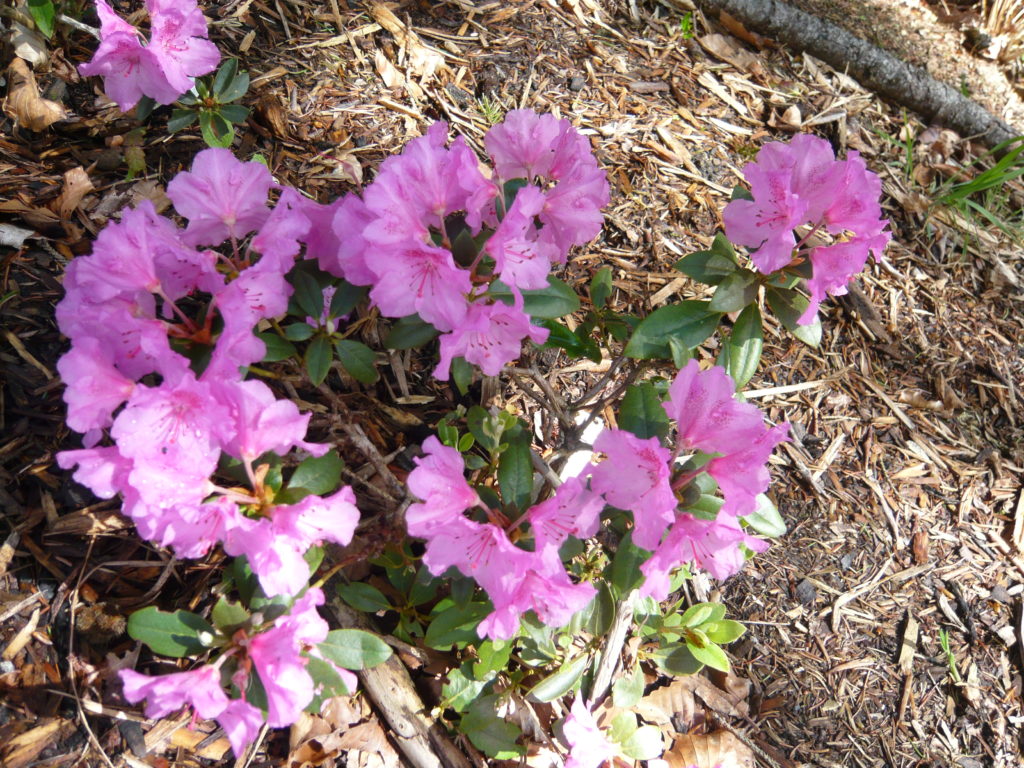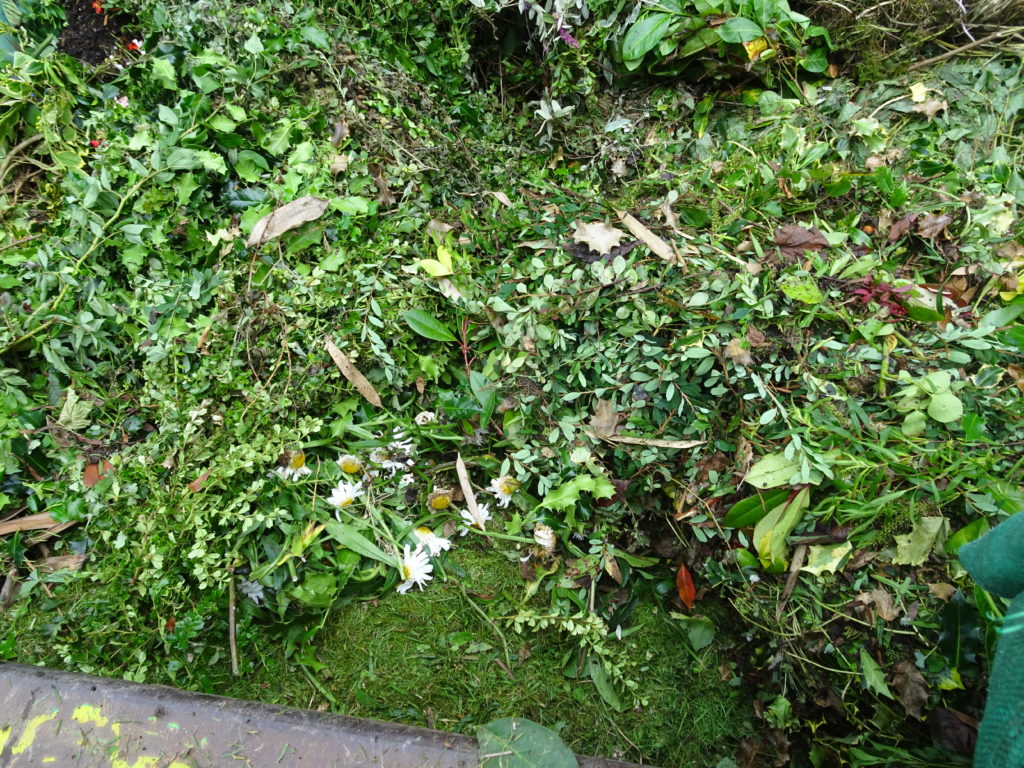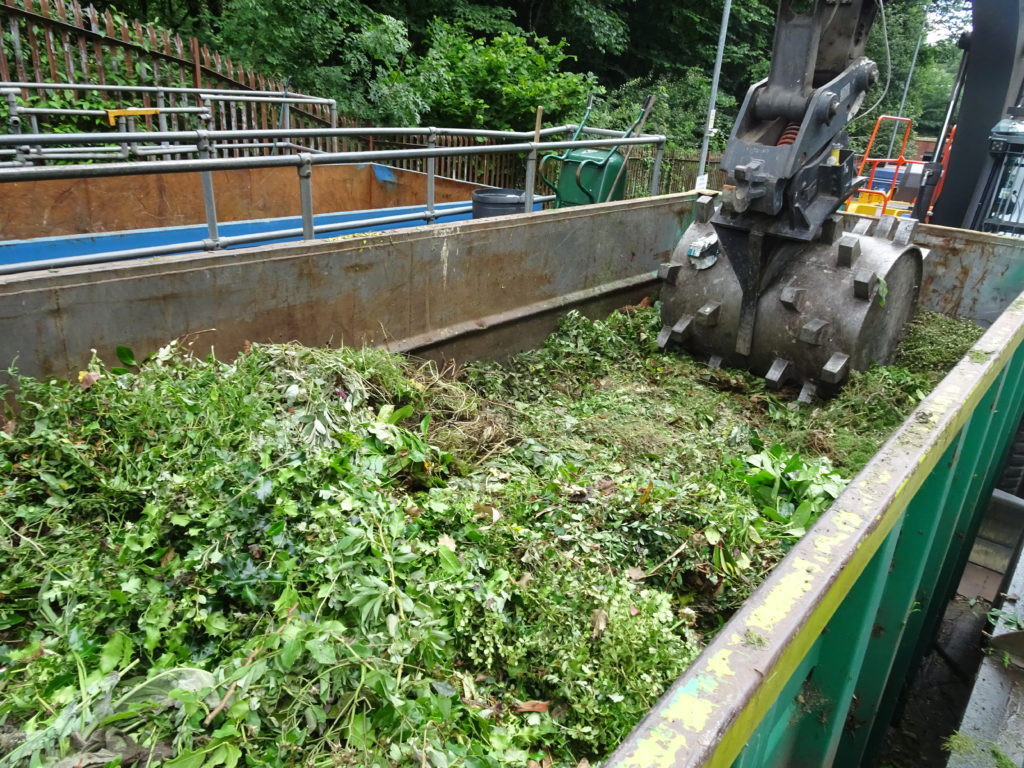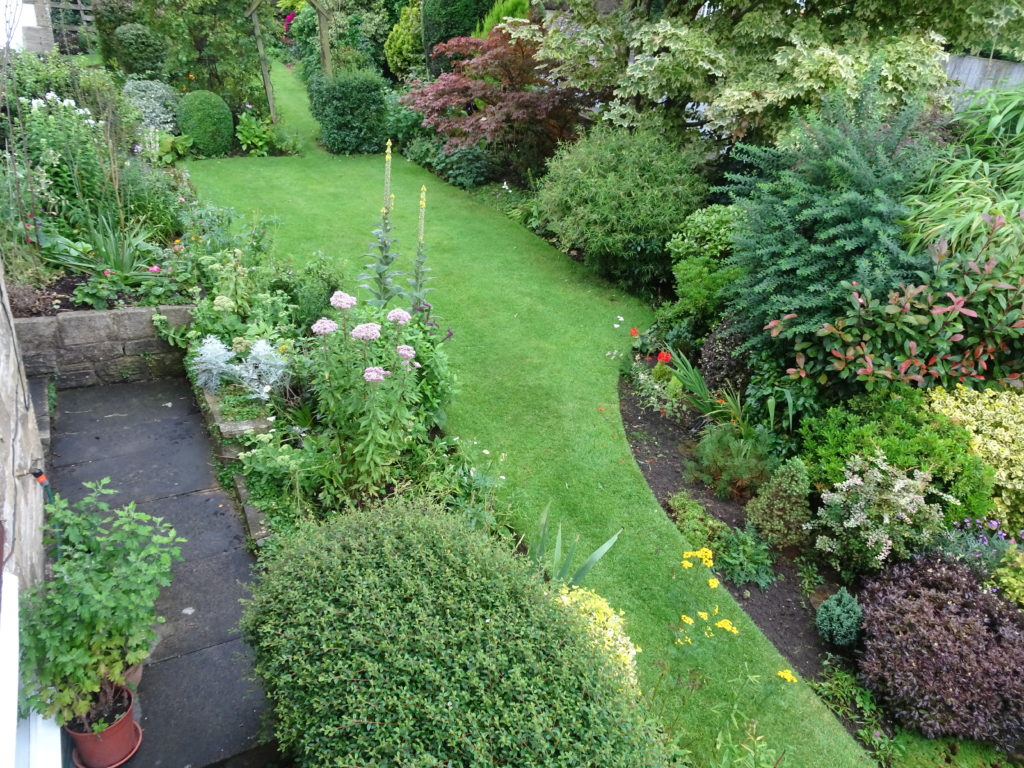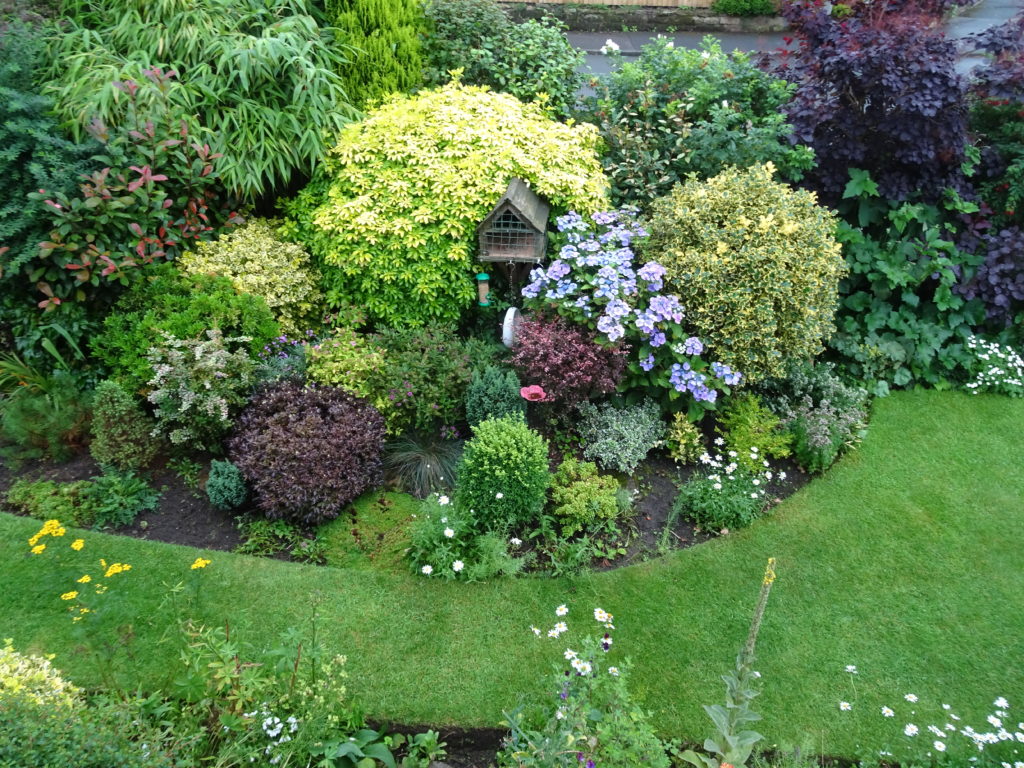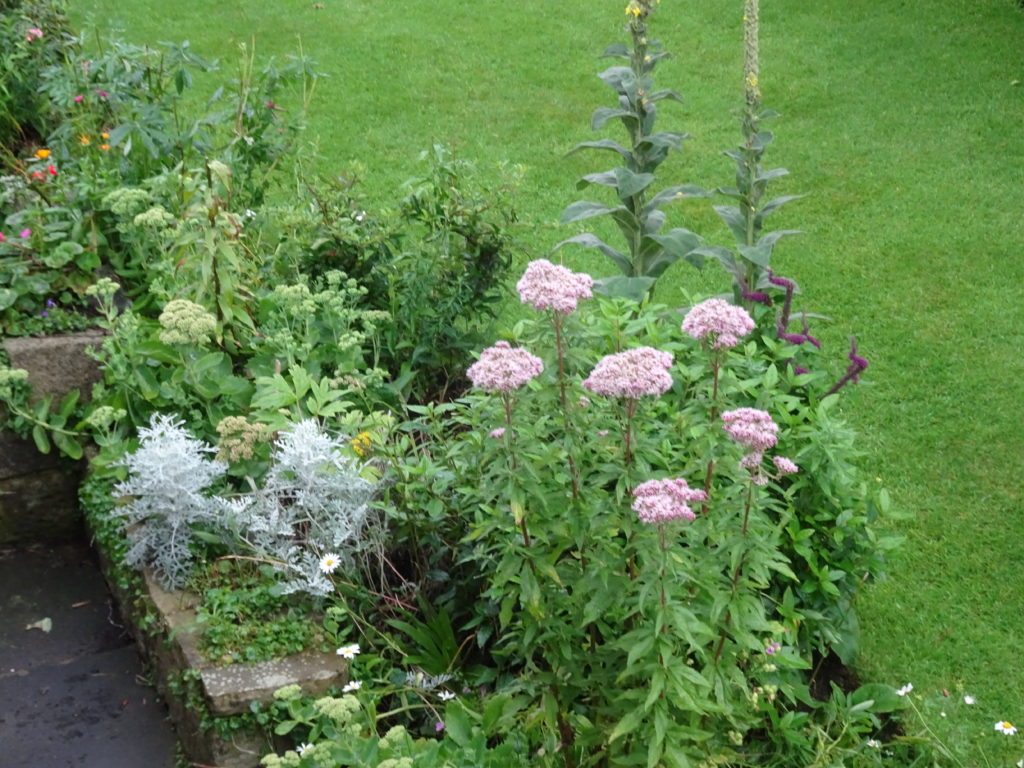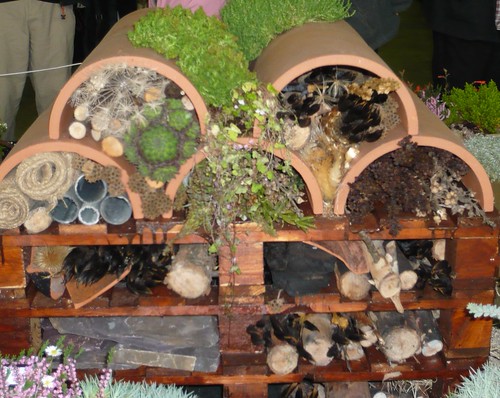Big Up Your Garden Compost
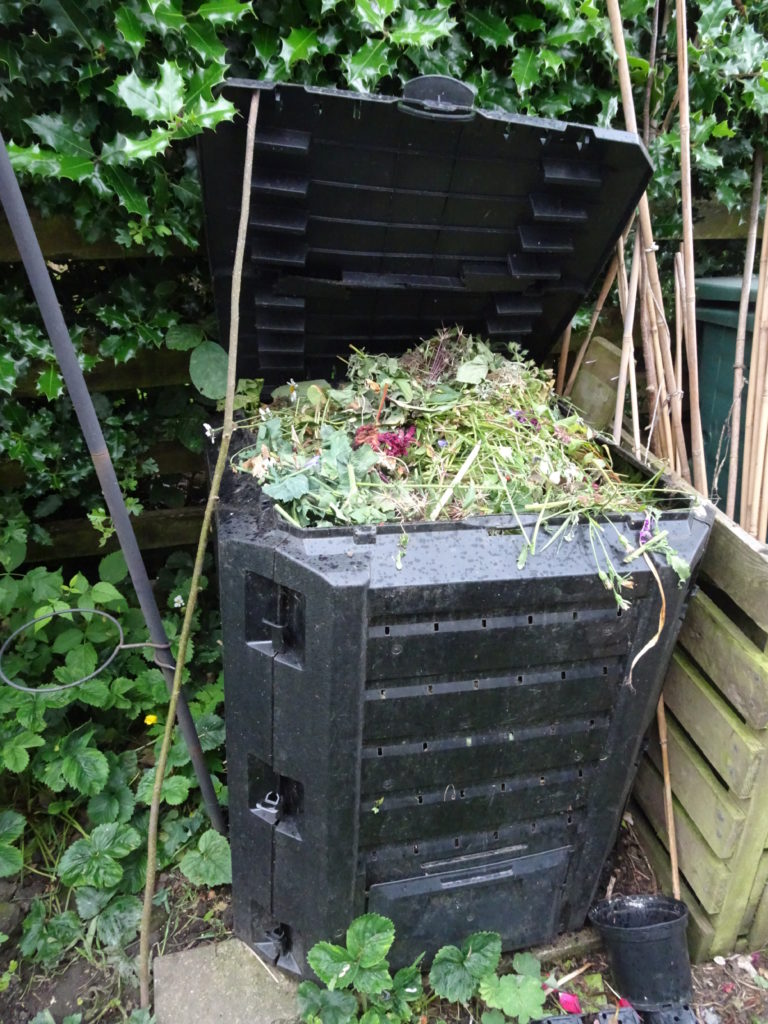
Goodnews, I have 3 good sized compost bins. The bad news is I am filling them very quickly which if they rot down soon enough will become more good news. The black bin heats up quicker but contains less material and is hardest to get at to turn the waste so I guess that is a scoring draw (using football pools terms).
New Discoveries
- I should have known all along that hay rots into a soggy lump and isn’t great for garden compost making. It probably contains far more seeds that I or the garden can cope with.
- I should have known all along that forgotten tools may turn up in heaps as they do not rot but rust even my spare pair of Felcos had some rust.
- I should have known all along that rats like a warm friendly space to live and breed. A neighbor has had to call out the pest control twice during the lock down and I’ve discovered an unusual depression and hole in one of my heaps. I hope my early action will work.
- I should have known all along that I would get better compost if I sieve out the tougher bits. A full bin has realised 50% fine sieved parts with the rest going back to restart the new bin. I also found fruit labels and sundry bits of plastic.
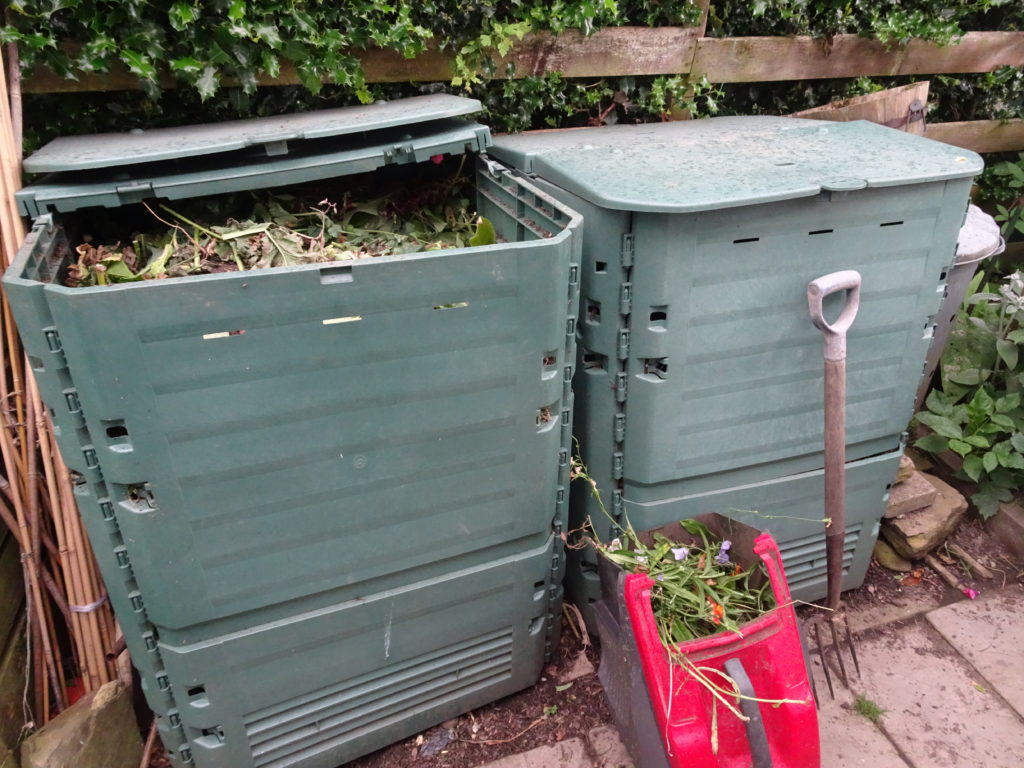
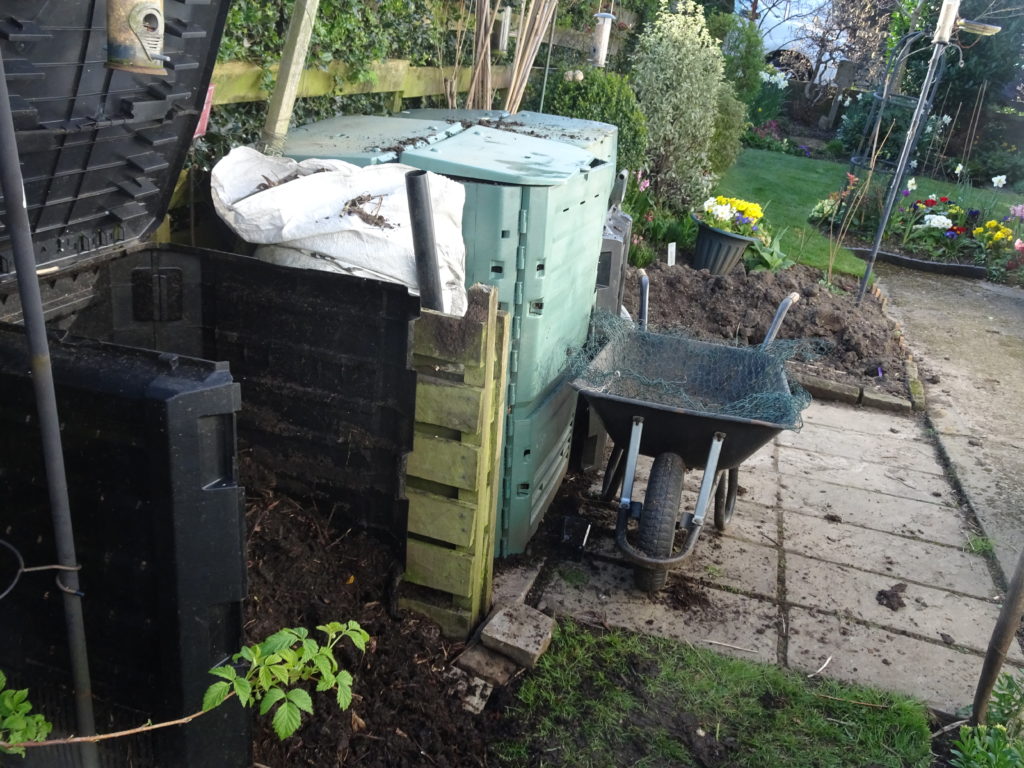
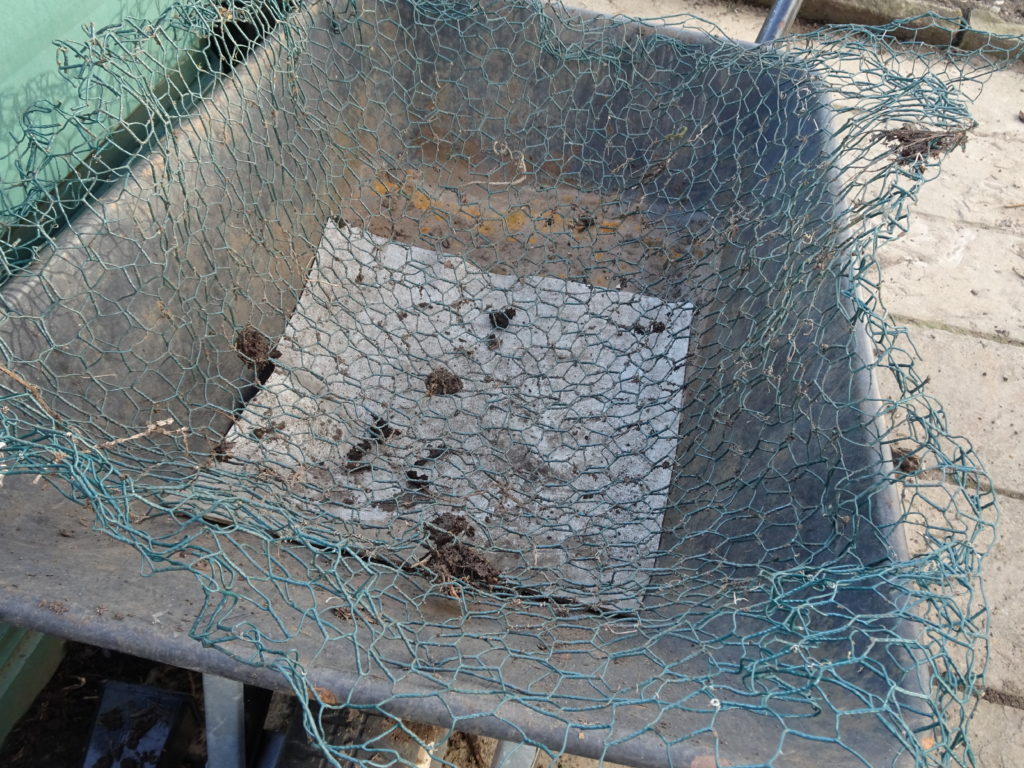 Home made compost sieve to remove rotten rotters
Home made compost sieve to remove rotten rotters